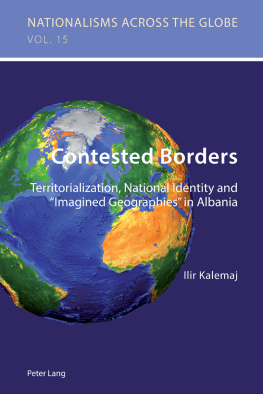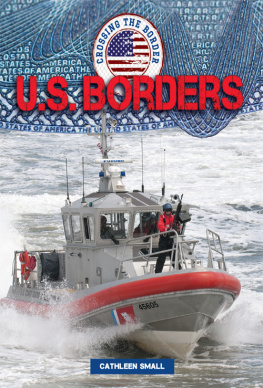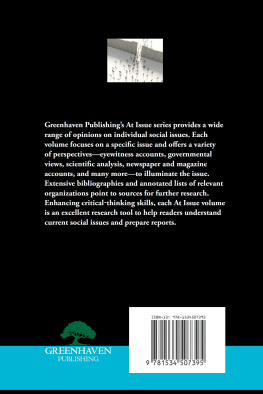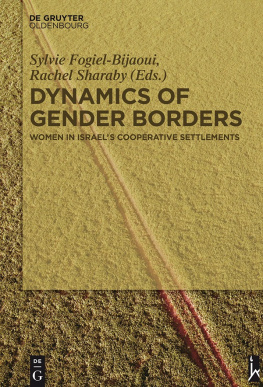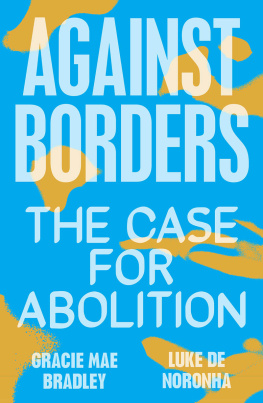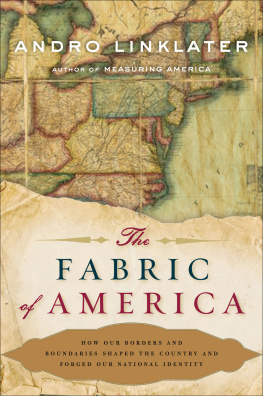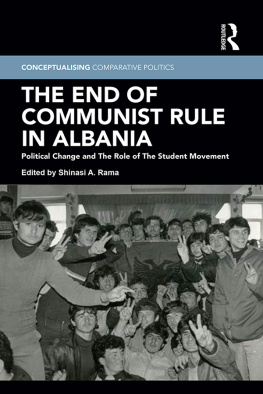Contents
NATIONALISMS ACROSS THE GLOBE
VOL. 15
SERIES EDITORS
Dr Tomasz Kamusella
(University of St Andrews, Scotland, UK)
Dr Krzysztof Jaskuowski
(University of Social Sciences and Humanities, Poland)
EDITORIAL BOARD
Balzs Apor (Dublin)
Peter Burke (Cambridge)
Monika Bar (Groningen)
Andrea Graziosi (Naples)
Akihiro Iwashita (Sapporo)
Sawomir odziski (Warsaw)
Alexander Markarov (Yerevan)
Elena Marushiakova and Veselin Popov (Sofia)
Alexander Maxwell (Wellington)
Anastasia Mitrofanova (Moscow)
Michael Moser (Vienna)
Frank Lorenz Mller (St Andrews)
Sabelo J. Ndlovu-Gatsheni (Pretoria)
Balzs Trencsnyi (Budapest)
Sergei Zhuk (Muncie, Indiana)
PETER LANG
Oxford Bern Berlin Bruxelles Frankfurt am Main New York Wien
Ilir Kalemaj
Contested Borders
Territorialization, National Identity and
Imagined Geographies in Albania
PETER LANG
Oxford Bern Berlin Bruxelles Frankfurt am Main New York Wien
Bibliographic information published by Die Deutsche Nationalbibliothek.
Die Deutsche Nationalbibliothek lists this publication in the Deutsche National-bibliografie; detailed bibliographic data is available on the Internet at http://dnb.d-nb.de.
A catalogue record for this book is available from the British Library.
Library of Congress Cataloging-in-Publication Data:
Kalemaj, Ilir.
Contested borders : territorialization, national identity and "imagined geographies" in Albania / Ilir Kalemaj.
pages cm. -- (Nationalisms across the globe ; 15)
Includes bibliographical references and index.
ISBN 978-3-0343-1784-9 (alk. paper)
1. Albania--Historical geography. 2. Territory, National--Albania. 3. Albania--Boundaries. 4. Albanians--Ethnic identity. 5. Elite (Social sciences)--Albania. 6. National characteristics, Albanian. I. Title.
DR914.K35 2014
911.4965--dc23
2014019362
Cover image NASA/Goddard Space Flight Center Scientific Visualization Studio
ISSN 1662-9116
ISBN 978-3-0343-1784-9 (print)
ISBN 978-3-0353-0658-3 (eBook)
Peter Lang AG, International Academic Publishers, Bern 2014
Hochfeldstrasse 32, CH-3012 Bern, Switzerland
All rights reserved.
All parts of this publication are protected by copyright.
Any utilisation outside the strict limits of the copyright law, without the permission of the publisher, is forbidden and liable to prosecution.
This applies in particular to reproductions, translations, microfilming, and storage and processing in electronic retrieval systems.
This publication has been peer reviewed.
About the author(s)/editor(s)
Ilir Kalemaj is Assistant Professor of Political Science and International Relations at the University of New York Tirana. He is the author of Sources of Irredentism in Foreign Policy: Understanding Kin Policies in the Aftermath of Communism in Serbia and Albania (2009) and has published journal articles and book chapters on ethnic conflict, nationalism, identity politics, democratization and European integration. In addition to his academic research, he has published short stories and poetry and is a frequent contributor to the Albanian press.
About the book
This book argues that power struggles between internal and diasporic elites play a central role in the development of political agendas that have the potential to shift national borders. The author uses Albania as the primary case study, examining how the understanding of the Albanian nation has taken on varying geographical borders over time and why different Albanian communities have often had differing perceptions of the borders of the nation.
On the basis of this case study, the author constructs a theoretical model that captures the dynamic of domestic versus international constraints on elite choices and analyses how this leads to the (re)construction of borders. The book explores the way in which competing elites manipulate national symbols to create the necessary environment for personal political gain, using both expansionist and contractionist versions of virtual borders that may or may not be congruent with internationally recognized borders.
This eBook can be cited
This edition of the eBook can be cited. To enable this we have marked the start and end of a page. In cases where a word straddles a page break, the marker is placed inside the word at exactly the same position as in the physical book. This means that occasionally a word might be bifurcated by this marker.
| v
To my family for their continuing love and support
| xi
Summary of competing theories and how they inform virtual borders in the Albanian case.
Predictions for border outcomes from proclamation of sovereignty in 1912 to the First World War.
Predictions for border outcomes among the Albanian kin from proclamation of sovereignty in 1912 to the First World War.
Predictions for border outcomes in the interwar period.
Predictions for border outcomes among the Albanian kin in the interwar period.
Predictions for border outcomes during the Second World War and the communist period.
Predictions for border outcomes among the Albanian kin during the Second World War and the communist period.
Predictions for border outcomes in the post-communist period.
Predictions for border outcomes in the post-communist period among the Albanian kin in the former Yugoslavia.
| xiii
Map of Albania and its borders as officially recognized in 1913.
Map showing the maximum extent of Albanian territorial ambitions Greater Albania.
1891 map of Albanian-dominated vilayets
1842 map by Count Fedor Karaczay, a colonel in the Austrian Service.
Map of 1878 showing Eastern Europe as divided by the Treaty of Berlin.
Map of 1882. The map is in English but many of the place names are in Albanian, Greek and Slav, thus indicating the demarcation of the territory.
The Albanian vilayets.
Map of the proposed Albanian state by the provisional government of Albania, 19121914.
Division of Albania, 19141916.
The Italian Protectorate of Albania established by Italy in August 1941.
A map of present-day Kosovo with different overlapping boundaries.
| xv
First of all I want to express my gratitude to Erin Jenne. Having her as my mentor and friend in this endeavor has been a great honor. Her openness, constructive criticism and continuous support have made this journey tremendously rewarding.
I also benefited a great deal from Matteo Fumagallis comments and feedback of various drafts of my PhD dissertation. I have learned a lot from exchanges with Sherrill Stroschein, Irina Papkova, Alex Astrov and others, as well as continuous support from the publishing house staff where special thanks go to Christabel Scaife. I also thank Emily Hill, Chelsi West and Adam Ehrlich for their help in copyediting different chapters of the final manuscript and Aleksander Brati for his technical assistance. I am also indebted to Kosta Giakoumis for giving me the chance to join the University of New York Tirana faculty team seven years ago and to my colleagues at the University who provide an excellent and inspiring academic community.
My family has been an enormous and constant support in this endeavor. I thank my parents and brother for their love and for believing in me, while apologizing for all the time that I have not been able to spend with them.

